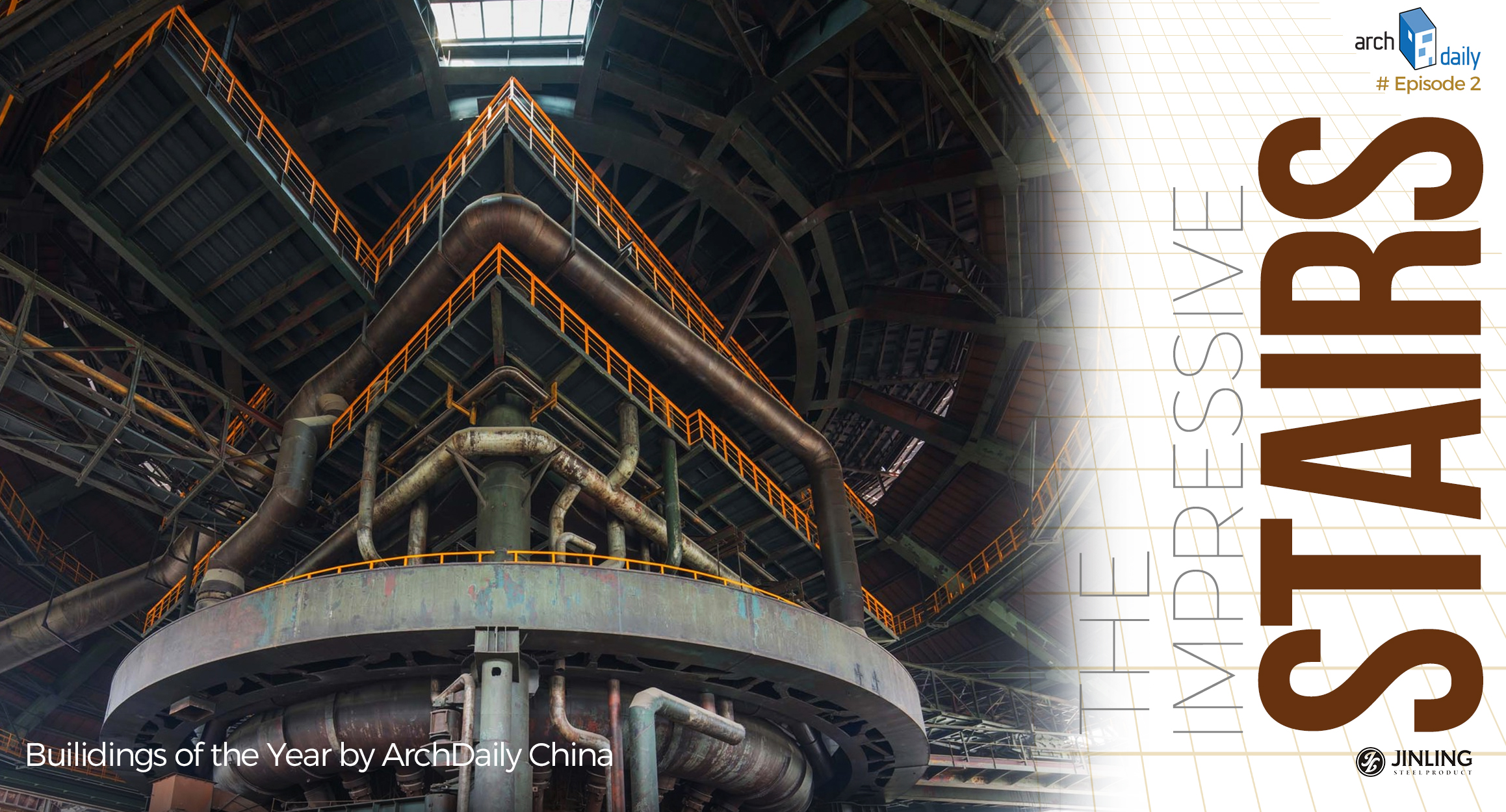Buildings of the year (2021) by ArchDaily China are finally announced.
The top three buildings voted are Beijing Shougang No. 3 Blast Furnace Museum by CCTN Design, YueCheng Kindergarten by MAD Architects, and Mountain & Sea Art Museum by gad.
Throughout the award-winning buildings this year, we find that staircases leave a strong impression.
01
Shougang No. 3
Blast Furnace Museum
CCTN Design
In December 2010, Beijing Shougang in the Shijingshan area was completely shut down the steel manufacturing. As a milestone of the steel industry in China, based on the original site, the steel mill was planned to be transformed into a museum to record down the development and extend the life of the building that is full of a sense of industrialisation.
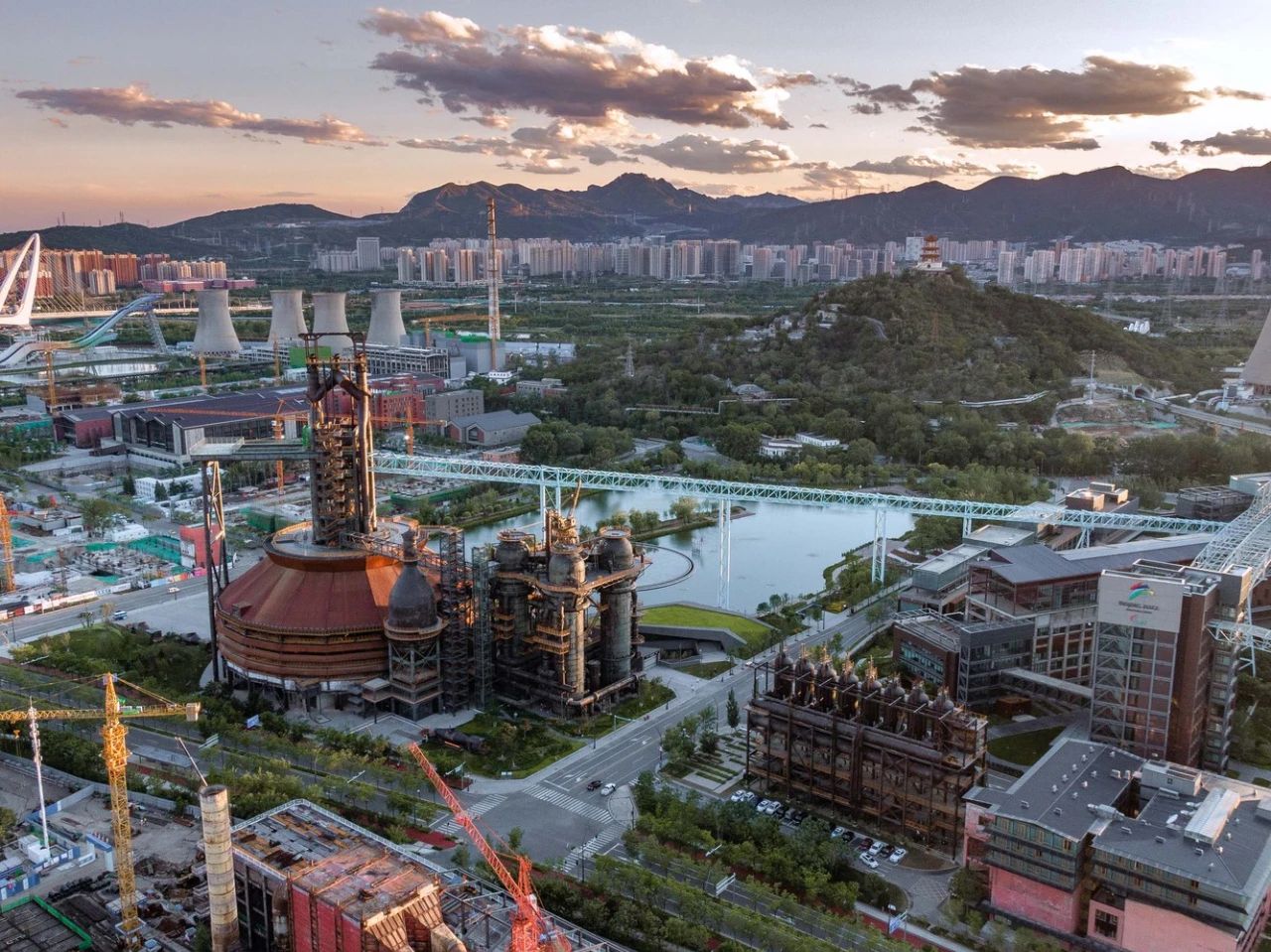
This is a park that bears loads of history, witnessing the sprout, flourish, fade and the future of the industry as well as the memory of people’s experiences and lives with the building. This project can be regarded as a renewal. Seeking to form a “new paradigm for urban development,” the scheme walks a careful balance between the retention of collective memories of the site’s old function and the reinvigoration of the site in response to contemporary demands.
Combined the two features, industry and nature, as well as the full utilization of the building itself, the designers proposed “double helix” entrance for the audiences to begin to get deepen into the museum.
First is the staircase into the underwater exhibition hall.
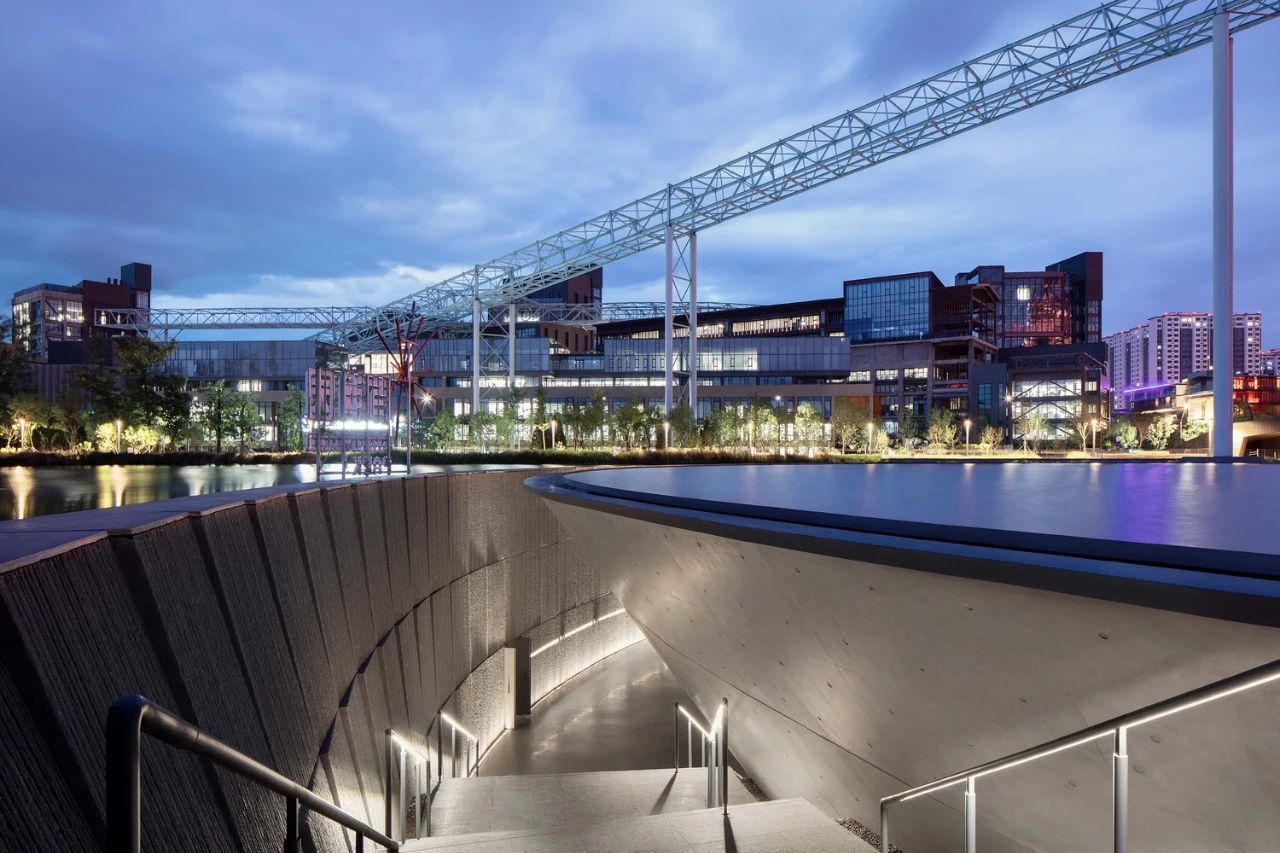
Second is the “fire of life”, right in the center of the underwater exhibition hall.
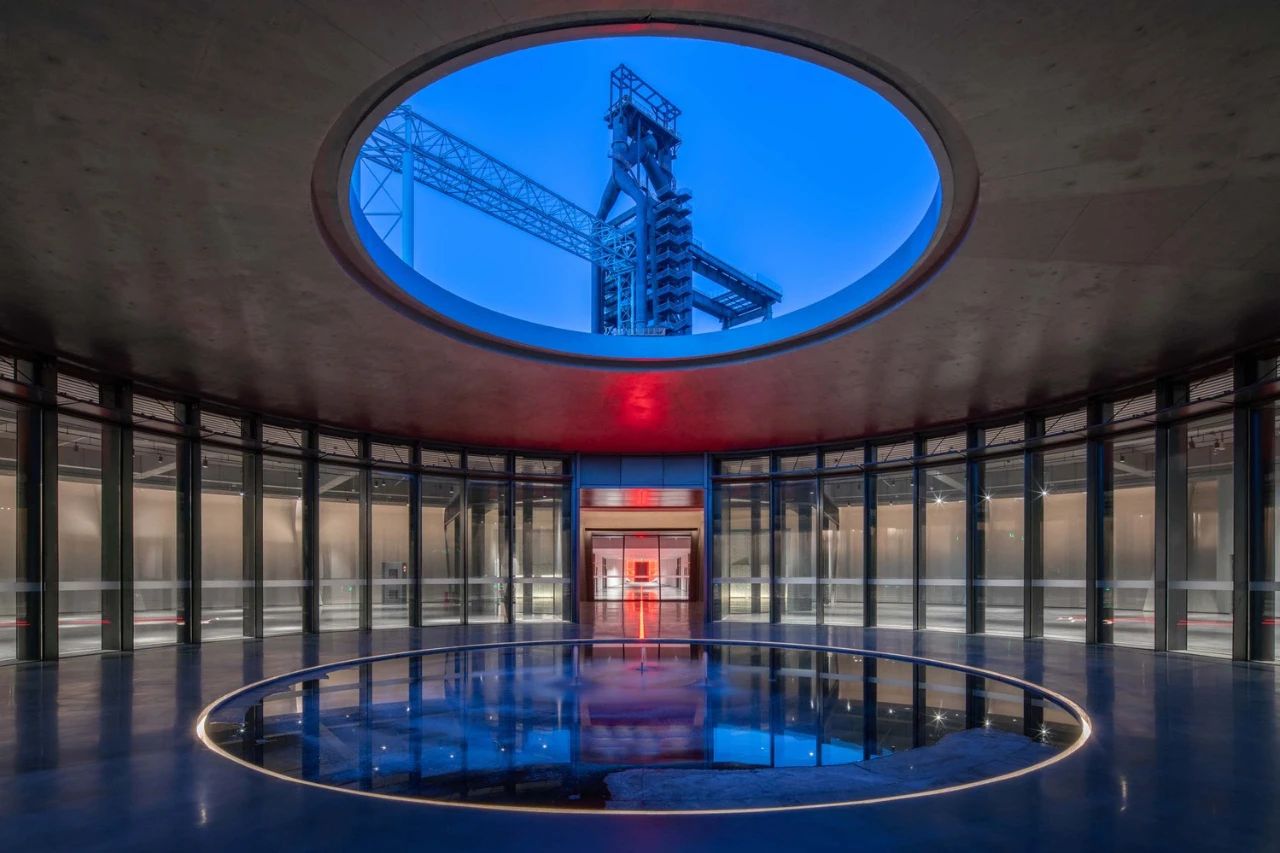
Third is the simulation of molten iron and the names of Shougang’s employees.

Then we come to the folding staircase, which implies the development of the enterprise.
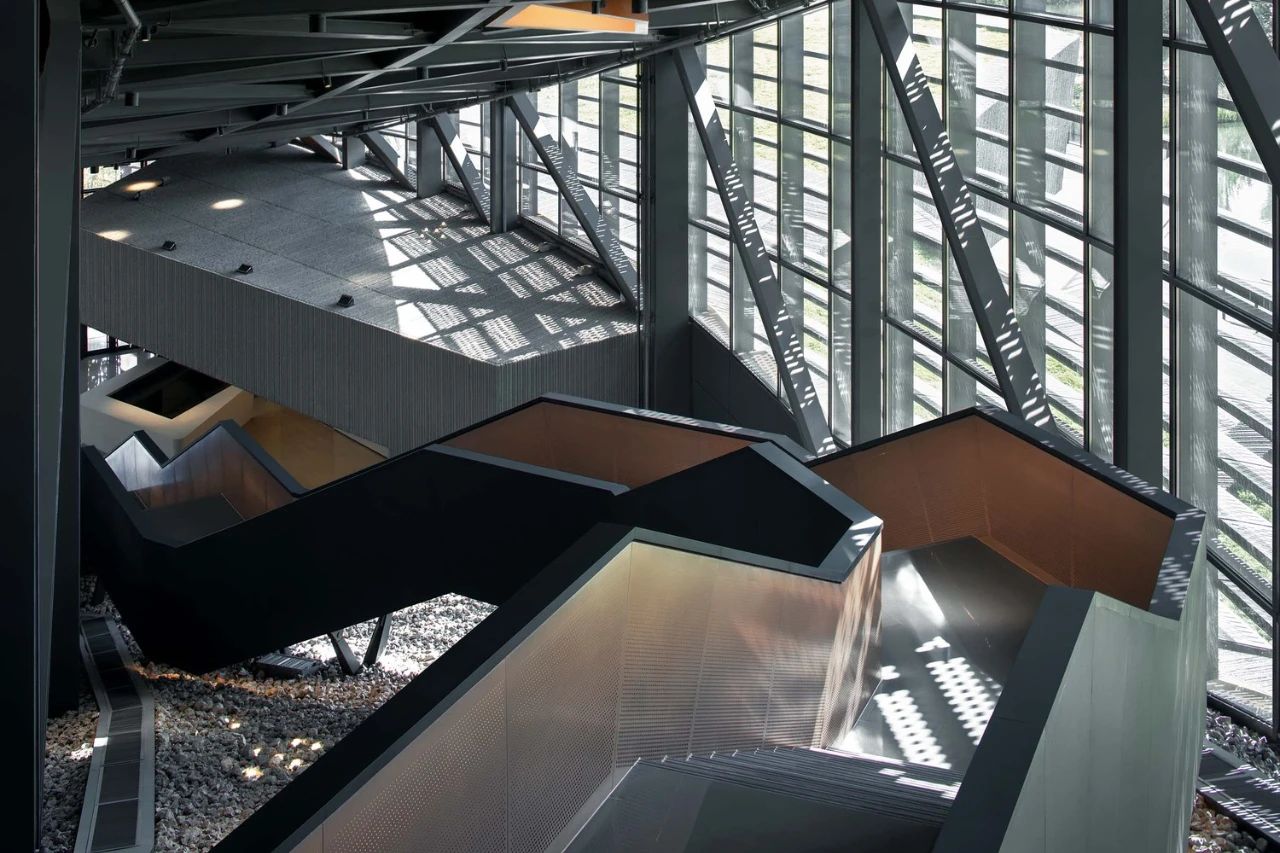
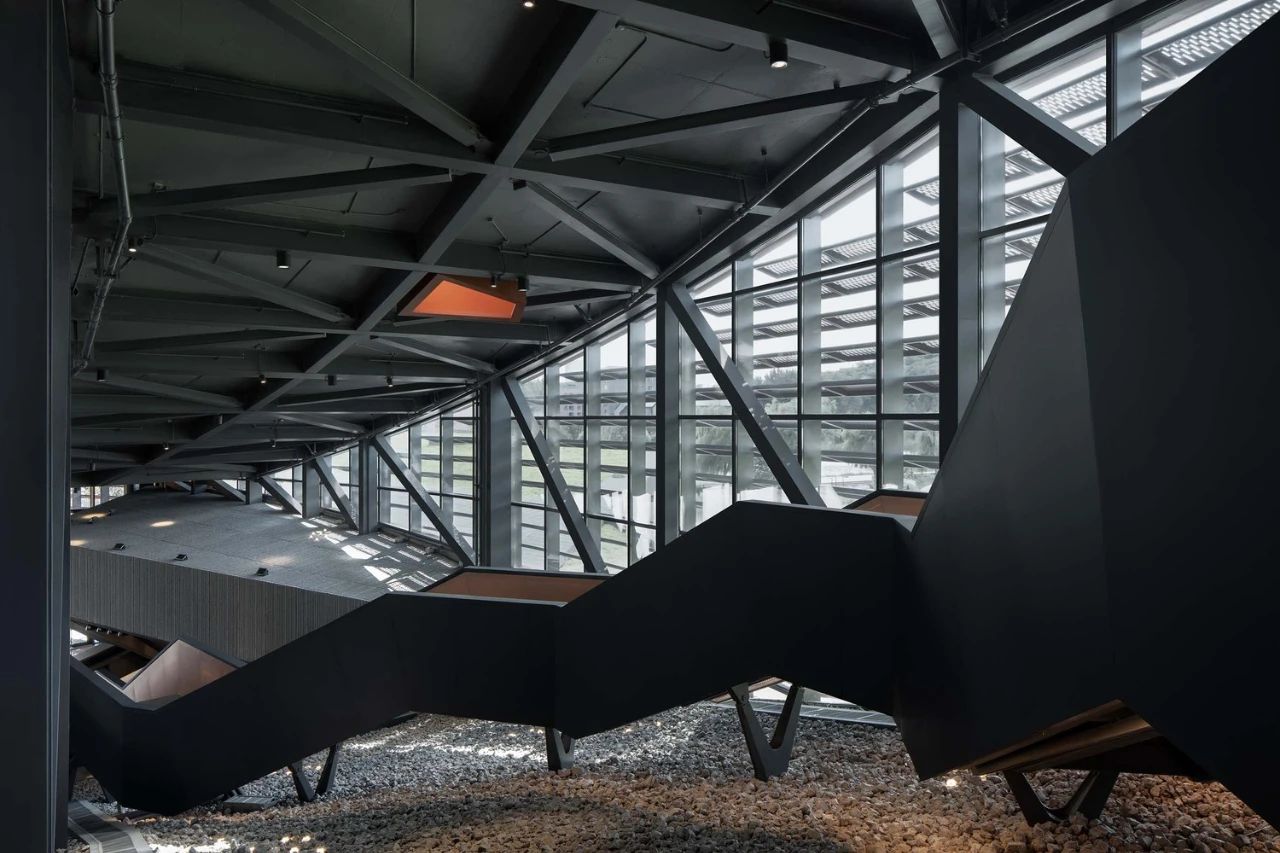
The fifth construction is the blast furnace and three sets of swing chute, the major role in the Museum. You will find the complexity of the steel mechanics is like the interlaced staircases. The outstanding yellow handrails revive and lighten up the heavy grey space.
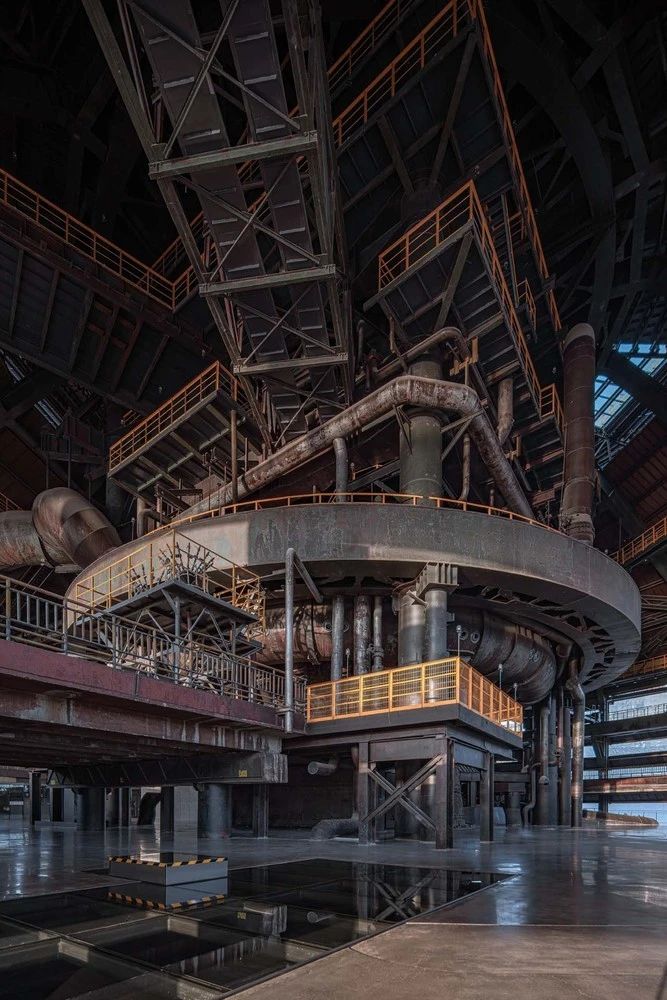
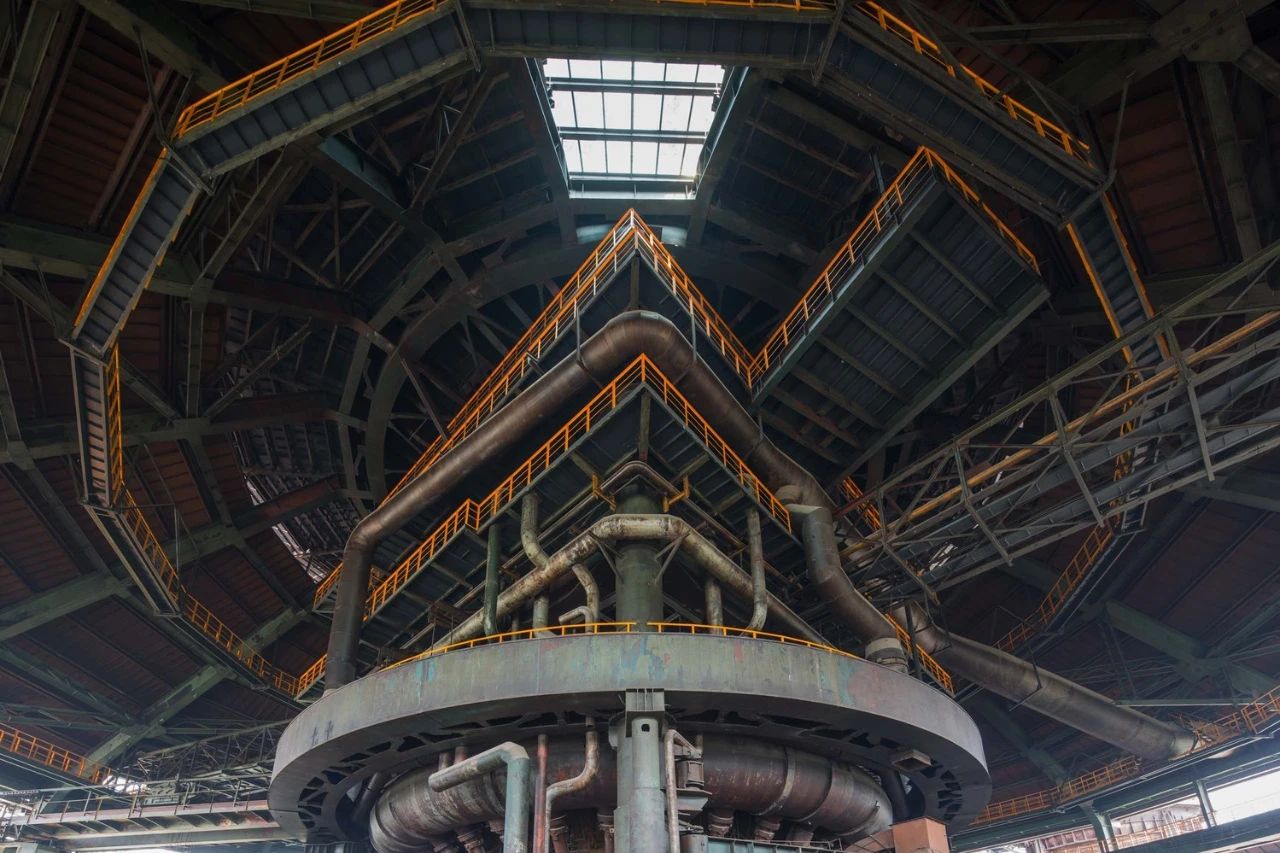
Finally, the stairs lead audiences to the sixth episode, allowing people to make a glance at the historic giant. At this moment, all the enormous and compelling constructions and stories begin to be smoothed. Meanwhile, the industry may leave a straw in your memory.
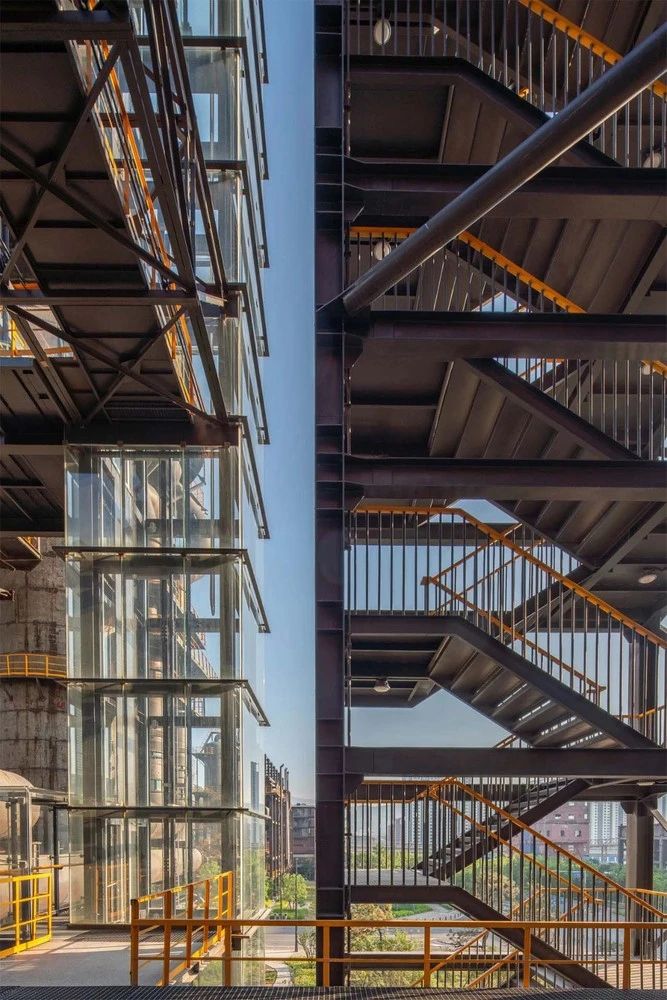
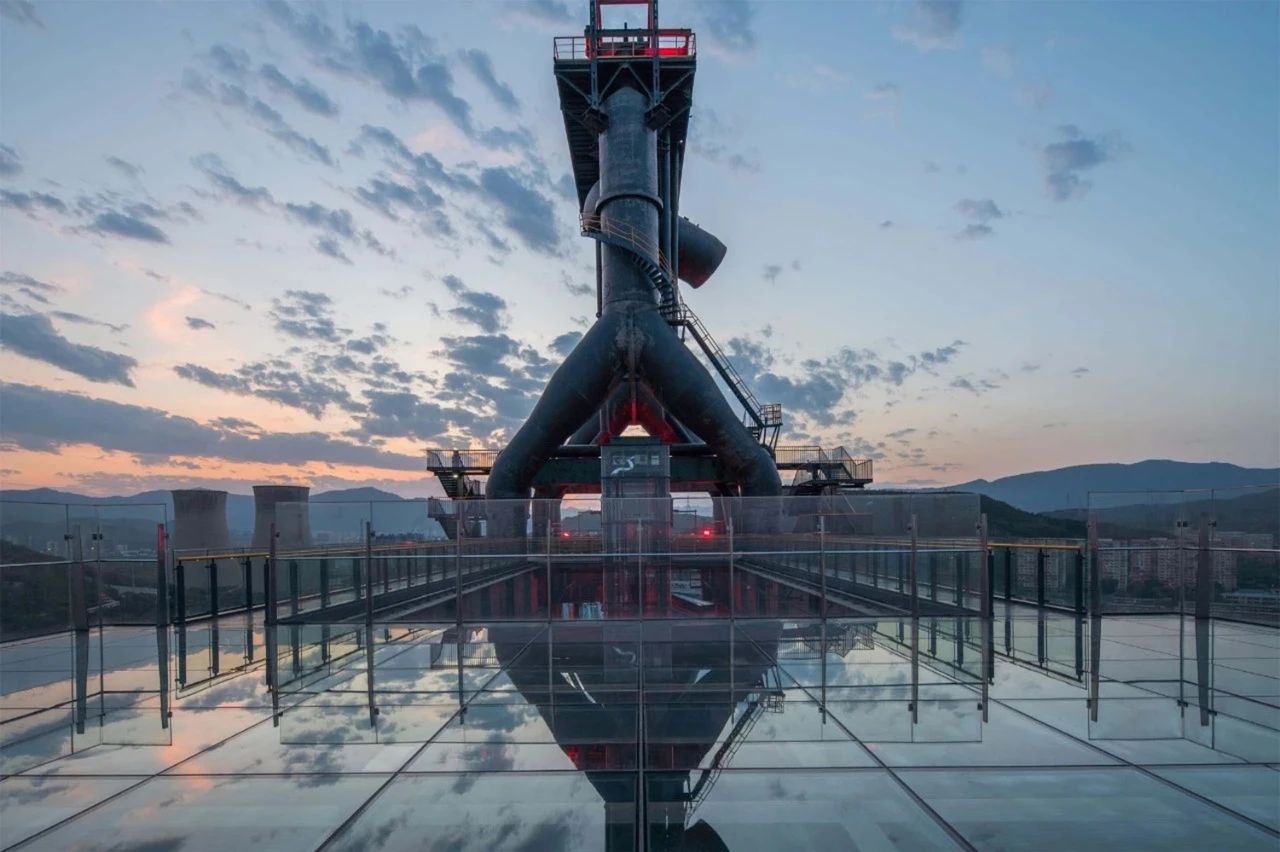
02
YueCheng
Courtyard Kindergarten
MAD Architects
The subject site, covering an area of 9,275 square meters, consisted of an original 18th-century Siheyuan courtyard, an adjacent replica courtyard built in the 1990s, and a four-story modern building. The key lies in this project, we think it is to make connections between old and new, space by space, brimming with energy and innocence.
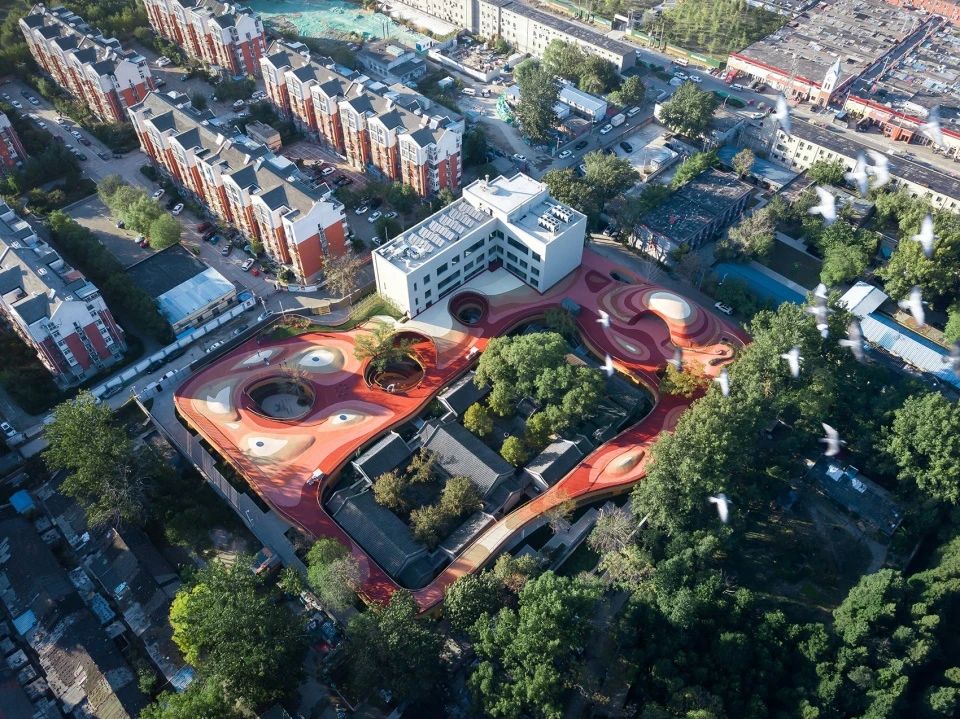
The YueCheng Courtyard Kindergarten shows how several seemingly disparate, even sometimes contradictory, elements of architecture from different historical periods can coexist harmoniously while maintaining their authenticity and individuality.
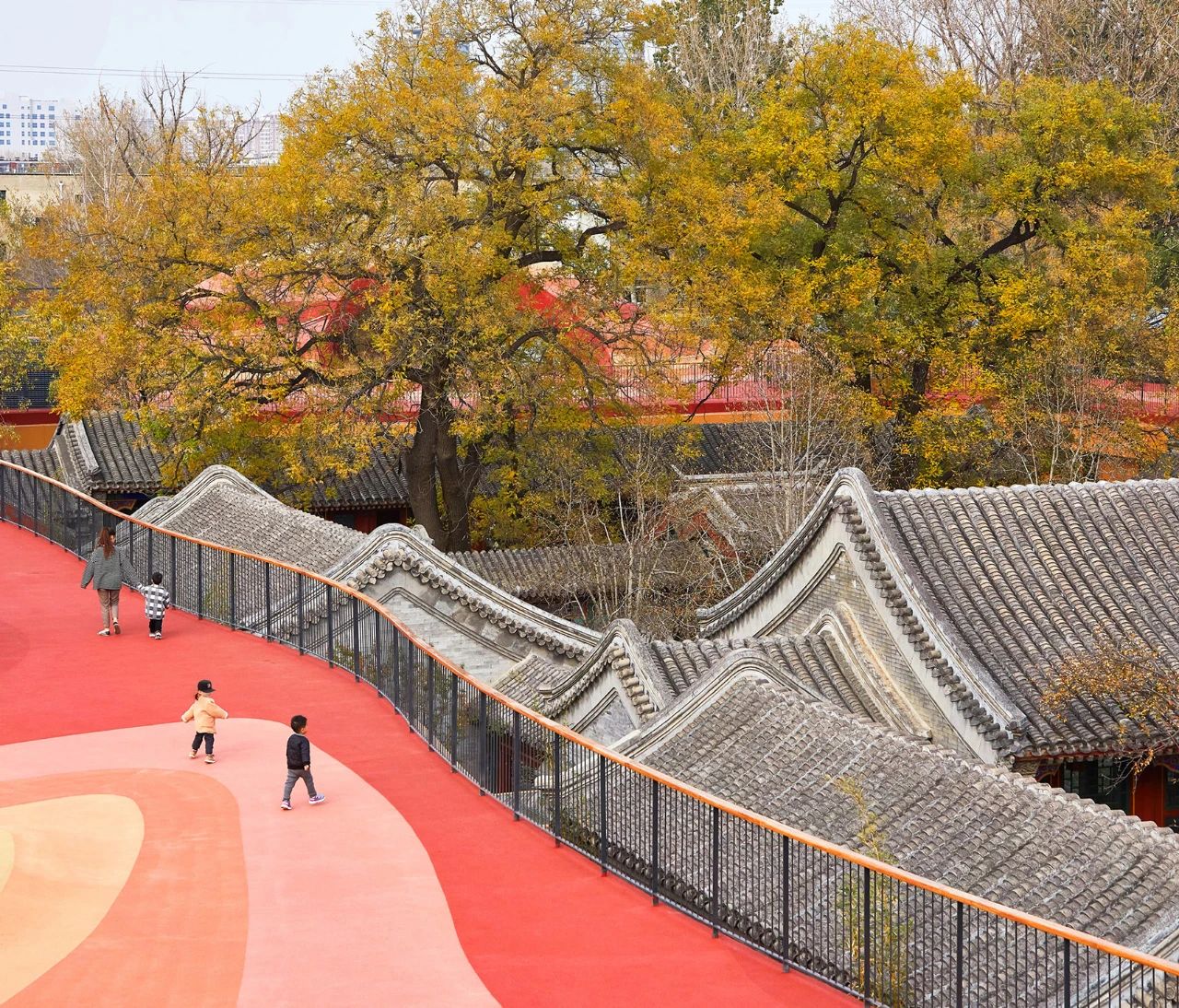
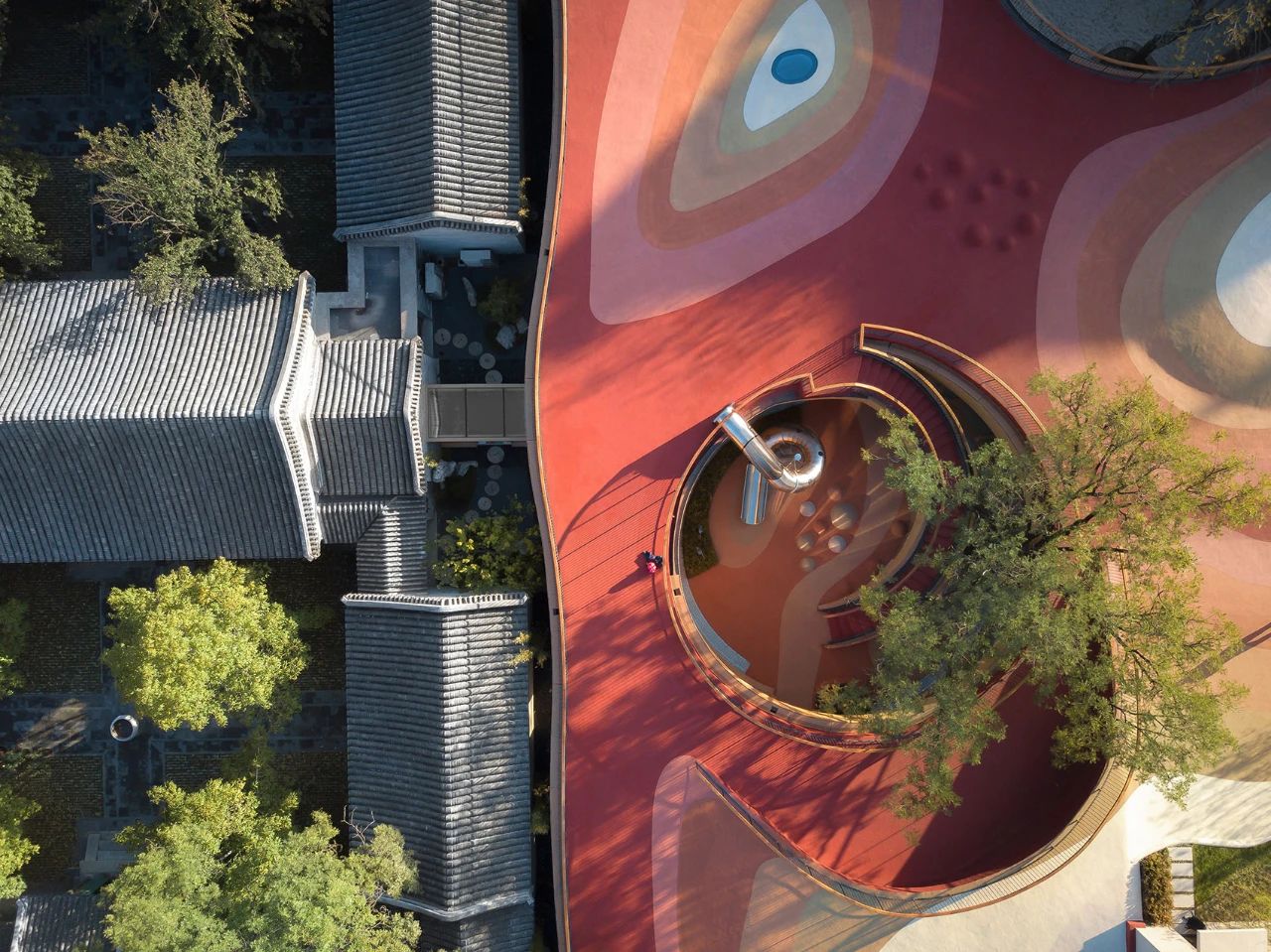
What is more, they can work in unison to create a new openness and richness, giving children an objective and realistic perception of their environment. The result is an understanding of how nature and history can bring a sense of inclusiveness to a new place, shaping a community's unique consensus and values.
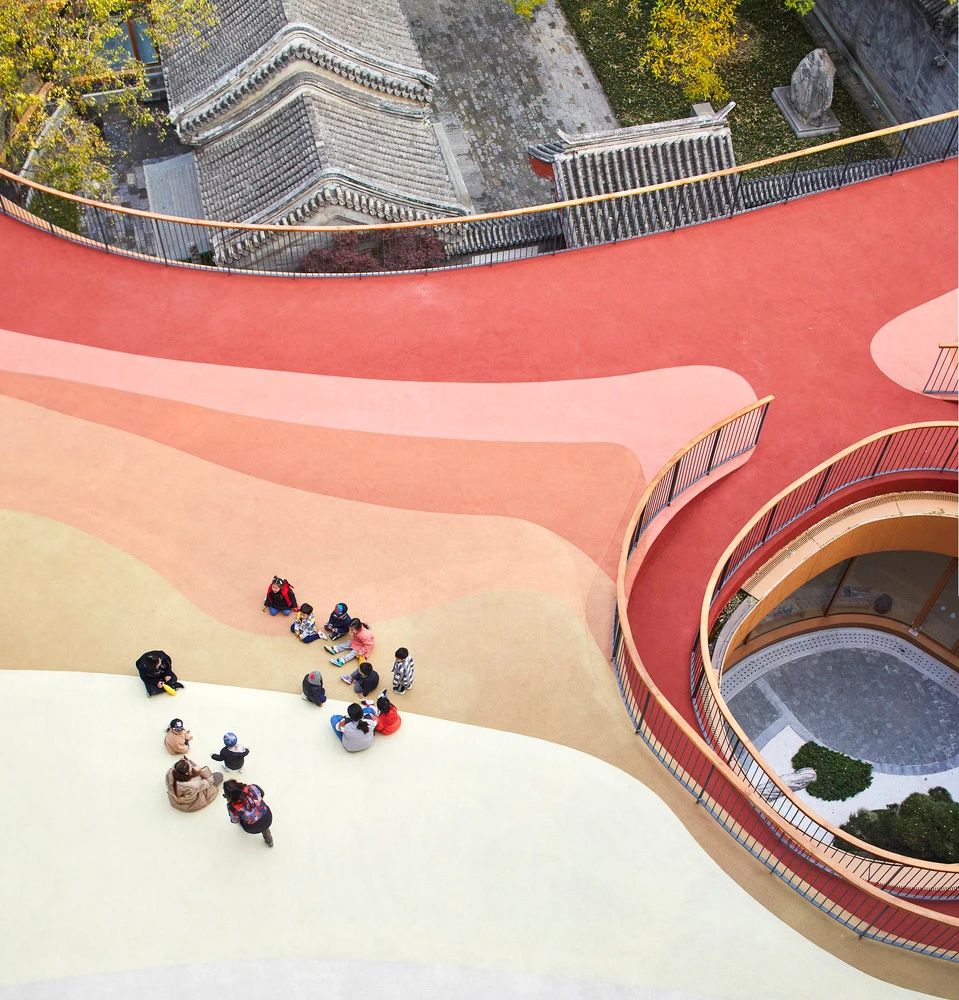
03
Mountain & Sea
Art Museum
gad
The meaning of “Mountain & Sea” comes from its position, keeping away from the hustle and bustle of the city and appearing vividly on the mountain, as well as from its location at the north end of the Dianchi Lake system, with excellent landscape resources, and the city, water and mountains are all included in the sight. The strong site characteristics also contribute to the special art space.
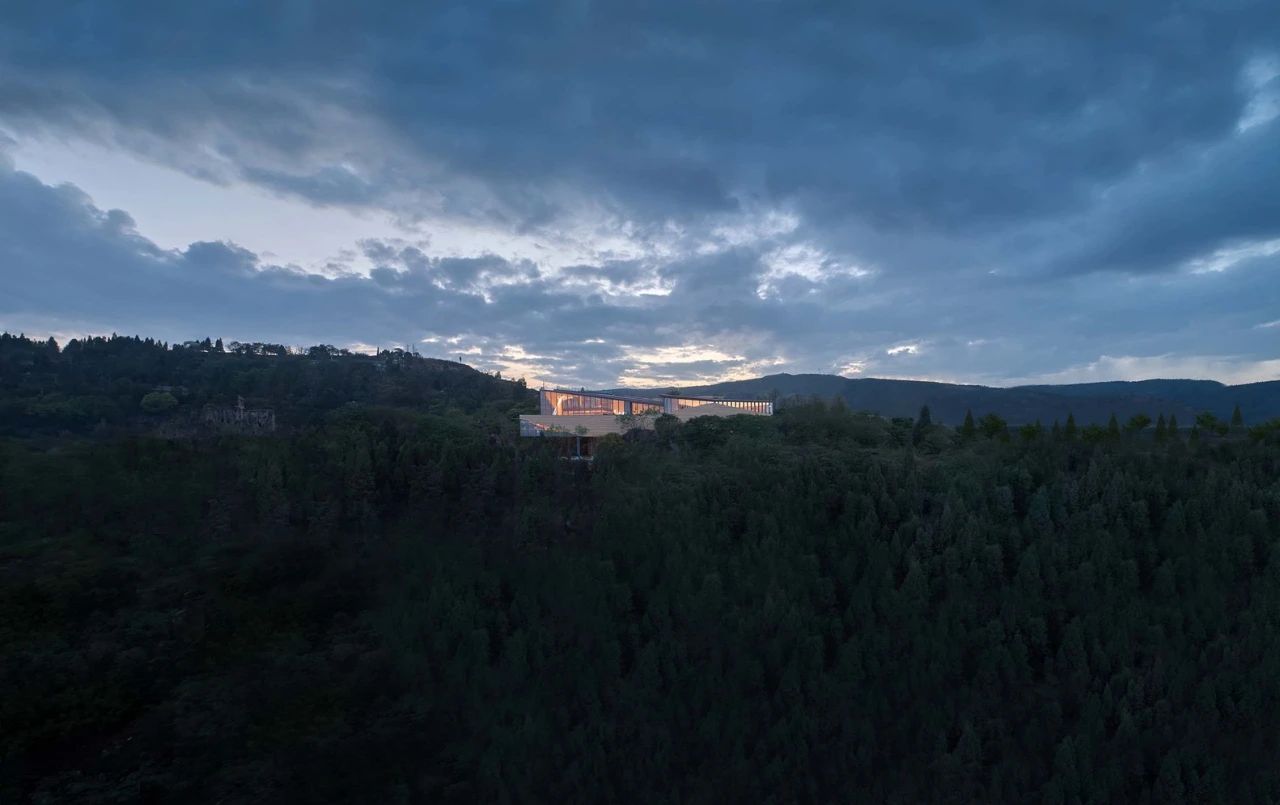
Inspired by the surrounding nature, stairways are also appeared with a sense of nature and mystery.
Utilizing the terrain
Climbing here, you will see the stone forest winding and the mountain is cut into upper and lower tablelands, with a height difference of more than ten meters, seemingly steep and poetic.
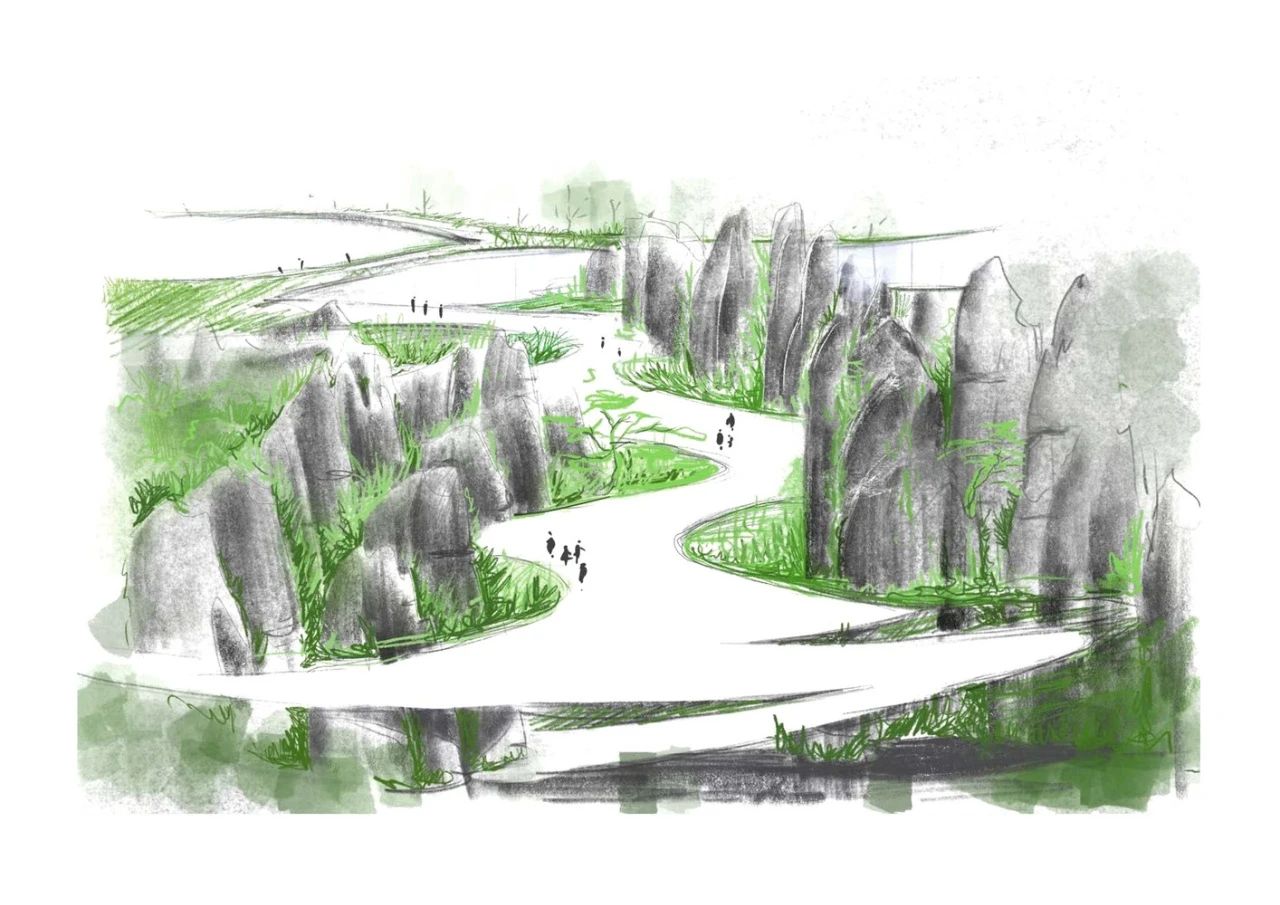
The architect spreads the space of the art museum along with the terrain, dance with the stone forest, and form a settlement of multiple relationships. A picture suitable for appreciation, travel and reflection gradually takes shape.
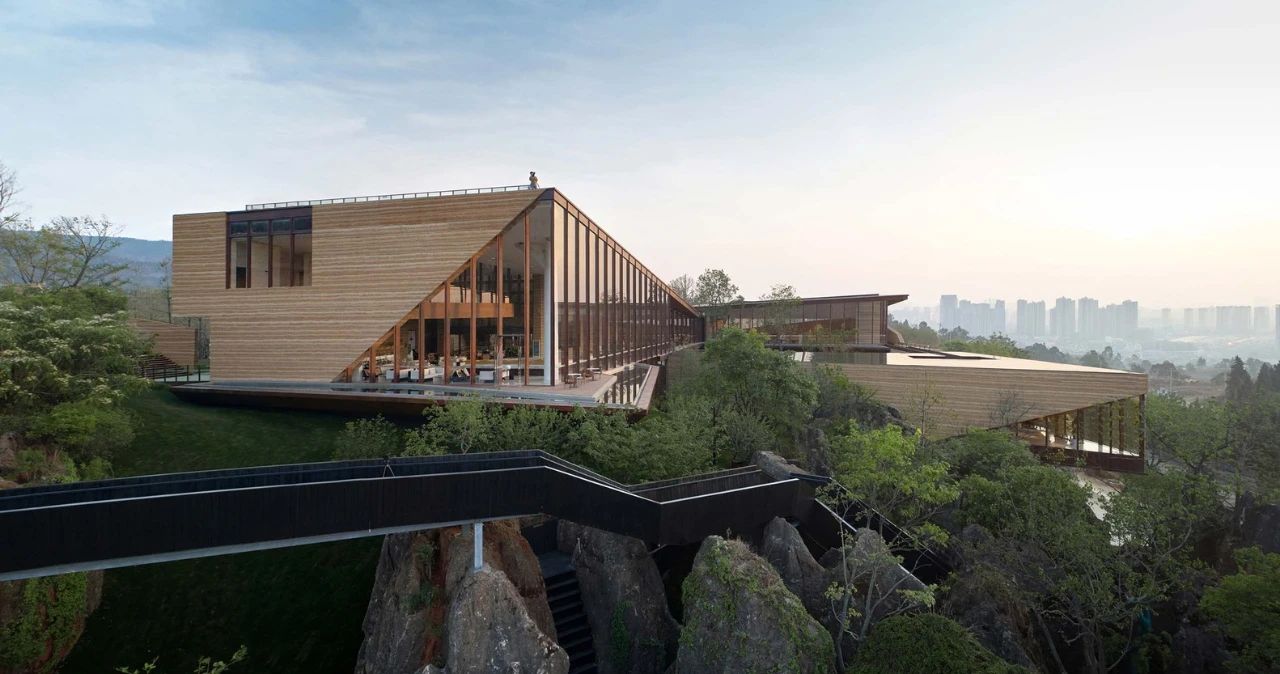
Utilizing the scene
On the hillside, the magnificent scenery spreads along the far, middle and near levels, bringing clues to the orientation of the building layout.
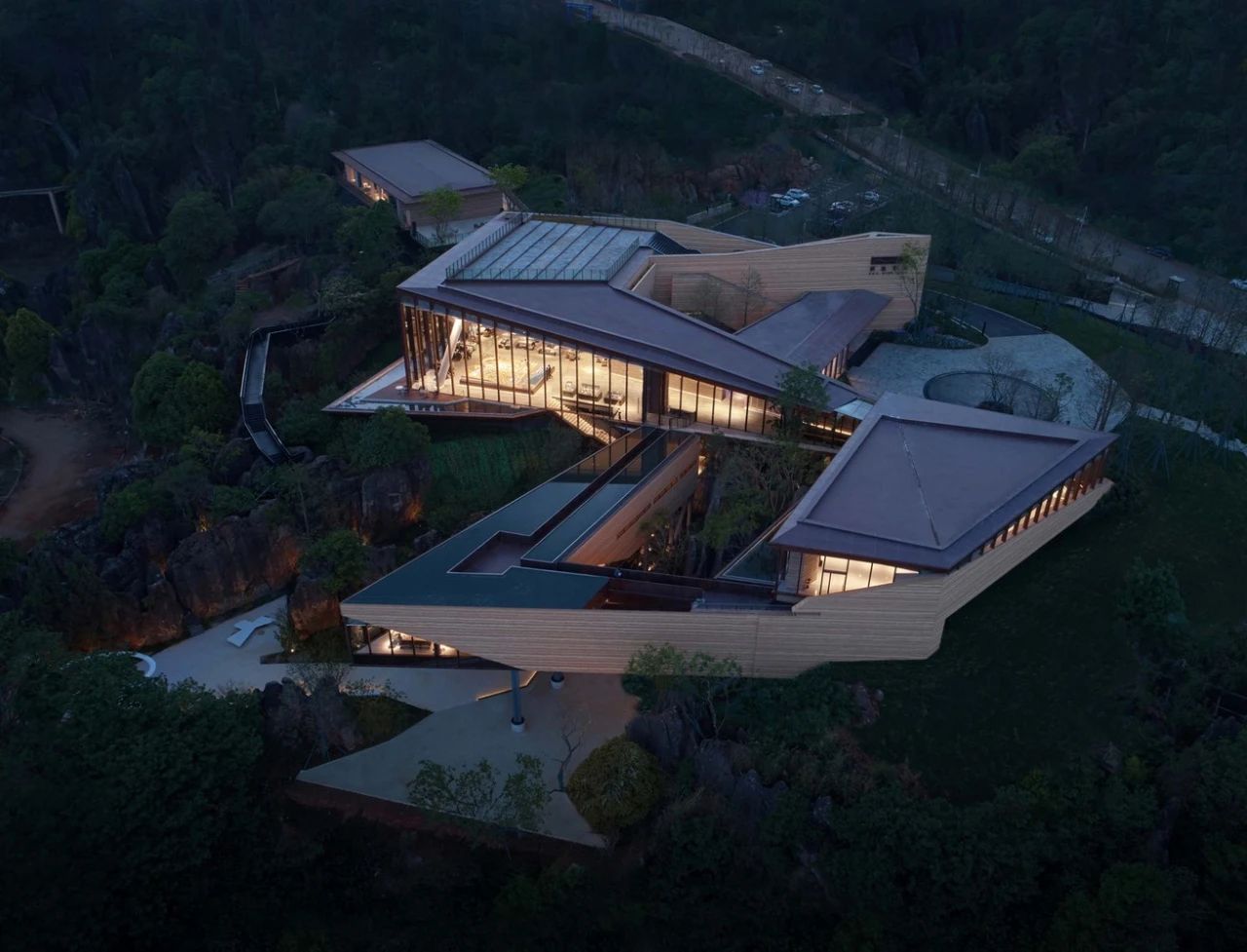
In the continuous elevation change, the disassembled art gallery space is nested on the “∞” shaped walking path, either juxtaposed or connected in series.
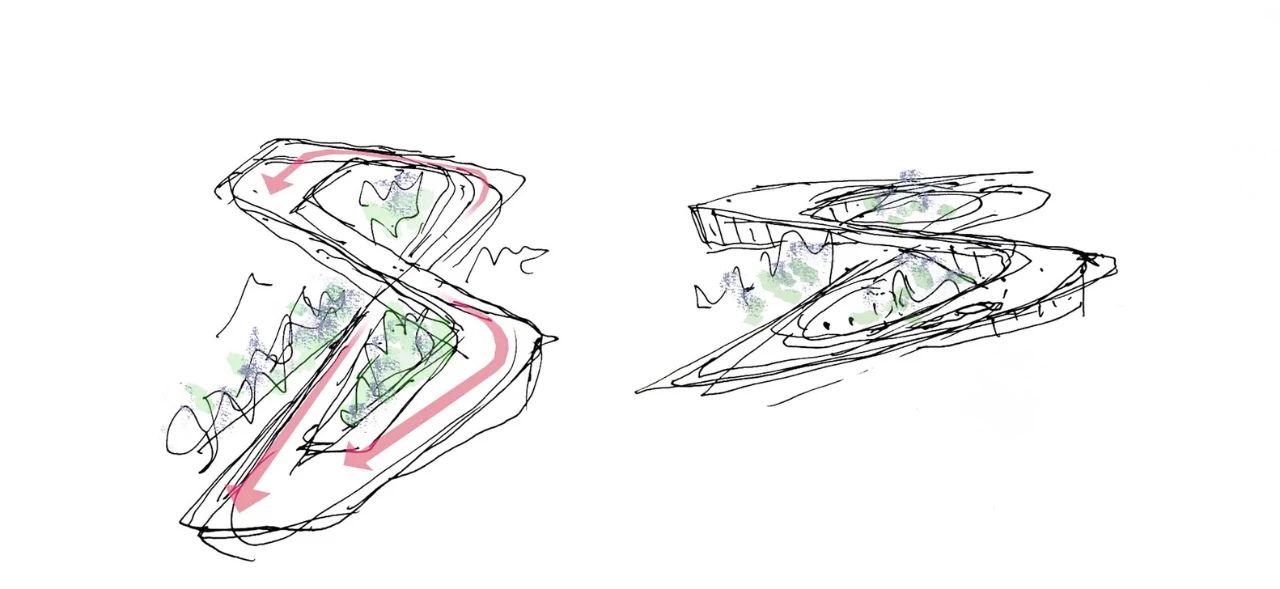
Utilizing the shape
The stone forest in the site is undoubtedly a unique scenery of Yunnan. For the architect, using the columnar, flaky, or tufted entities to enclose an unstable space with rich changes of width and height is the most interesting point of design.
The architectural form moves with the stone, creating a sense of floating with the logic of “low intervention”. The stairways are an essential component to form this great idea.
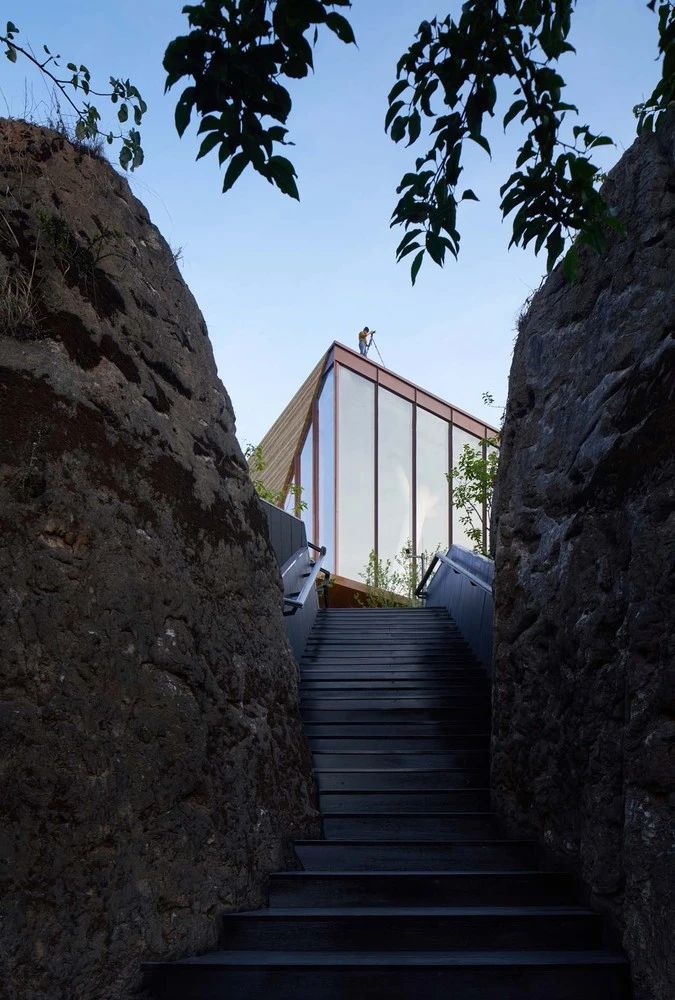
Utilizing the sense
The building materials are endowed with the local rammed earth and red clay images of Yunnan. With the flow of footsteps, people and scenery are talking in light and shadow.
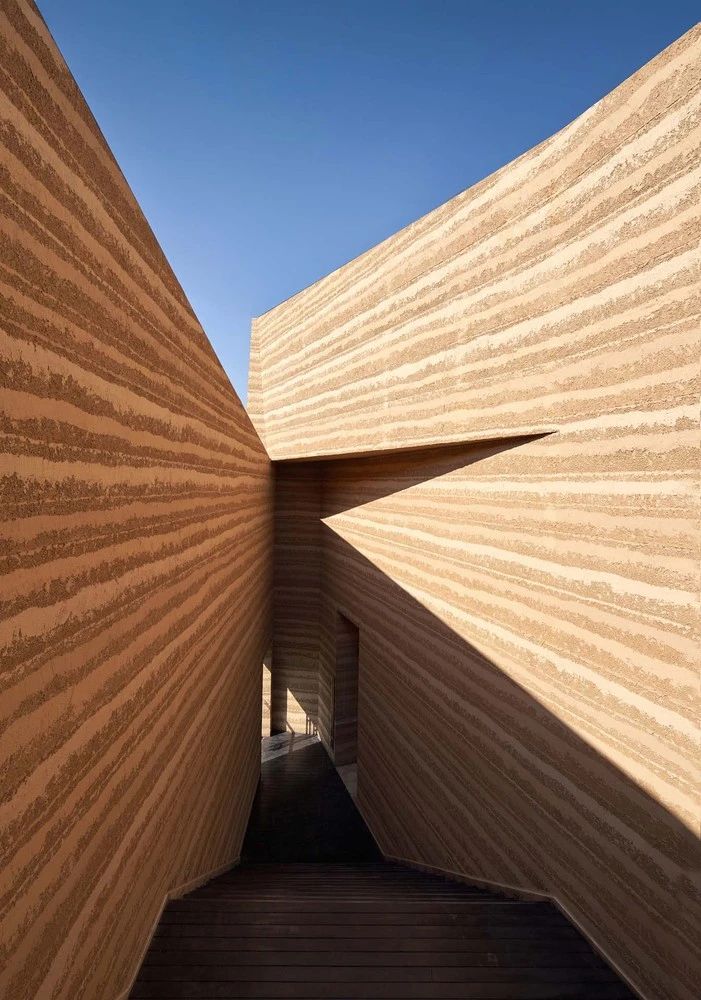
Source from ArchDaily
